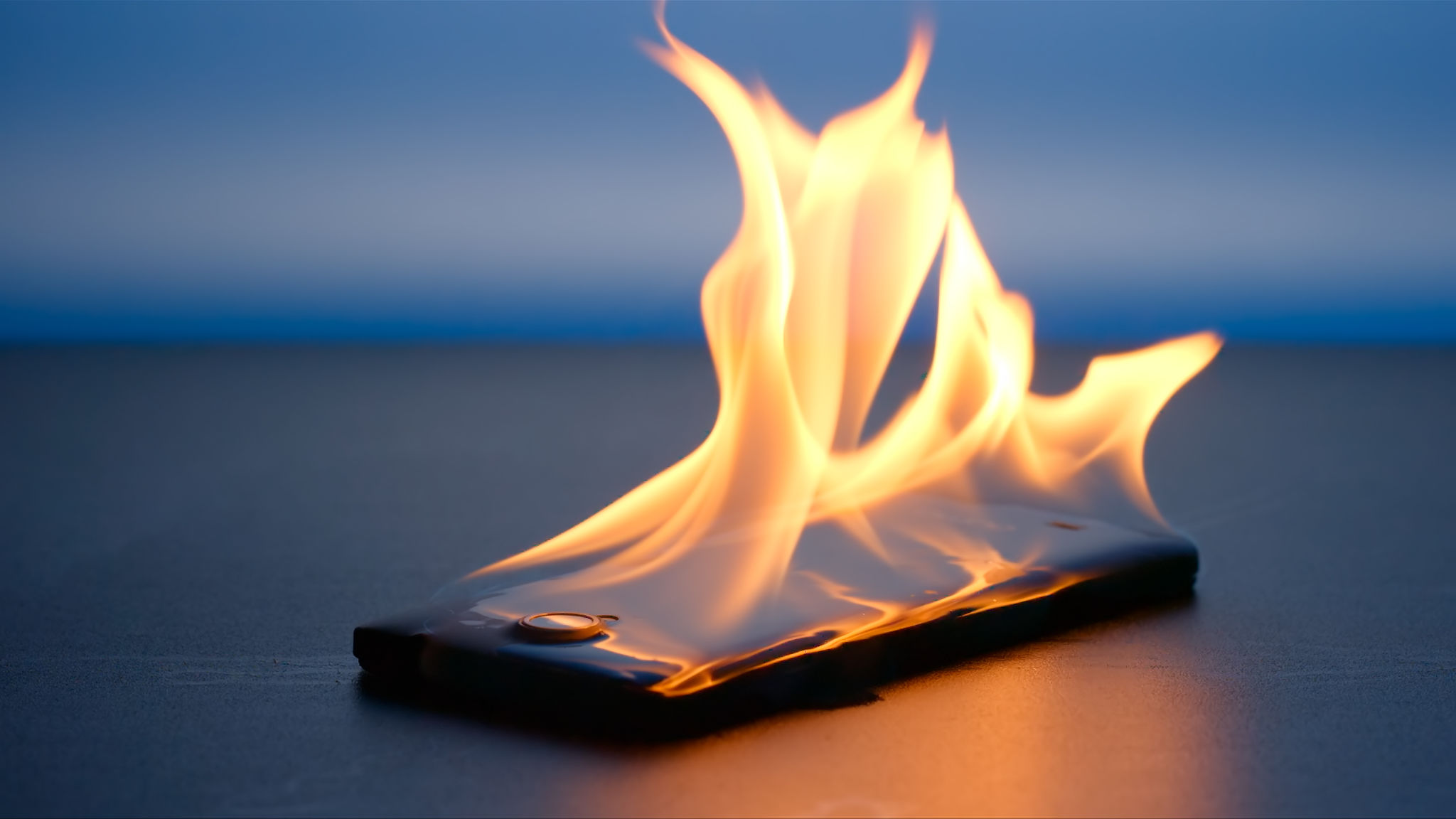DIY Phone Troubleshooting: Common Problems and How to Fix Them
Introduction to DIY Phone Troubleshooting
In today's digital age, our smartphones are indispensable. When they malfunction, it can feel like the world is coming to a halt. Before rushing to a repair shop, there are several common issues you can troubleshoot yourself. With a bit of patience and know-how, you can resolve many problems right at home.
Battery Draining Quickly
One of the most frequent complaints is a rapidly depleting battery. If your phone's battery isn't holding a charge like it used to, there are a few steps you can take to improve its lifespan. First, check for power-hungry apps that may be running in the background. You can usually find these in your phone's settings under "Battery Usage."

Adjusting your screen brightness and turning off unnecessary notifications can also help conserve power. Additionally, consider updating your operating system, as updates often include optimizations for better battery management.
Phone Overheating
Overheating is another common issue that can affect performance and battery life. If your phone feels hotter than usual, remove the case to allow it to cool more effectively. Avoid using your phone while charging, as this can generate excess heat.
Ensure that apps that might cause overheating are closed when not in use. Sometimes, simply restarting your device can eliminate any processes causing the temperature to rise.

Connectivity Issues
Whether it's Wi-Fi, Bluetooth, or cellular data, connectivity problems can be frustrating. To troubleshoot, start by toggling the airplane mode on and off to reset connections. If Wi-Fi is the issue, try forgetting the network and reconnecting.
For persistent problems, checking for software updates can be beneficial. Updates often contain fixes for known connectivity issues. If all else fails, resetting network settings may resolve the problem.

Unresponsive Screen
An unresponsive screen is another frequent problem, often related to software glitches or minor hardware issues. Start by cleaning your screen with a soft, dry cloth to remove any dirt or debris that might be interfering with touch sensitivity.
If cleaning doesn't work, perform a device restart. A simple reboot can often rectify software-related issues causing an unresponsive screen.
App Crashes
If you find that apps are crashing frequently, it may be due to insufficient memory or corrupted data within the app itself. Begin by clearing the cache of the problematic app in the settings menu.
If clearing the cache doesn't help, try uninstalling and then reinstalling the app. This process often resolves any data corruption issues. Keeping your apps updated is also crucial, as updates can fix bugs causing crashes.

Conclusion
While some phone issues may require professional assistance, many common problems have simple DIY solutions. By following these troubleshooting tips, you can save both time and money. Remember to always back up your data before attempting any major fixes or updates. With a little effort, you can keep your smartphone running smoothly and efficiently.